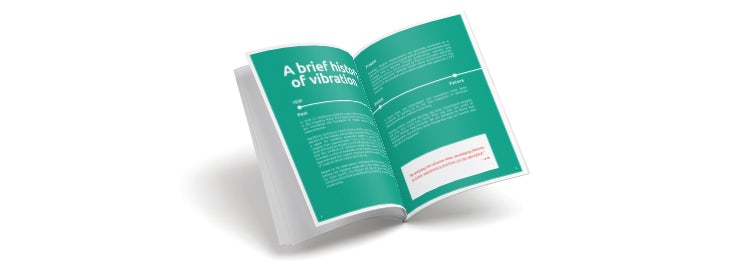In 1939, T.C. Rathbone published a paper called ‘Vibration Tolerance‘ in the magazine Power Plant Engineering. The ideas in this paper are considered the foundation of modern industrial vibration measurements.
Past
Rathbone, working as a chief engineer at the turbine and machinery division of the Fidelity and Casualty Company of New York, provided a paper for condition assessment based on vibration velocity ranging from approximately 1 Hz to 120 Hz. The paper included several innovative thoughts on the link between vibration amplitudes and the condition of machines. Beside these insights, the paper included a series of amplitude versus frequency severity curves that approximated the constant velocity around the rotating frequencies of a typical steam turbine generator set.
Based on his observations, Rathbone defined severity criteria for linking the vibration amplitude to the machine condition, and to be more specific, the lifespan and risk of failure. These ideas and criteria as described by Rathbone form the basis of modern condition monitoring.
Present
Nowadays, vibration measurements are generally accepted as a method for condition monitoring and part of predictive maintenance strategies. Data is acquired through acceleration, velocity and displacement sensors, and processed by fixed or portable vibration monitoring equipment. Methods include trend monitoring for the detection of abnormalities and in depth analysis like spectrum / FFT and orbit.
Future
In recent years, new technologies and innovations have been introduced, all claiming to be the new revolution in vibration measurements and condition monitoring.
Wireless sensors, machine learning, big data, cloud-based analysis and other buzz words have found their way into the world of machine vibration measurements. We are intrigued by these new developments, but will they really change the way we monitor and maintain our equipment?

